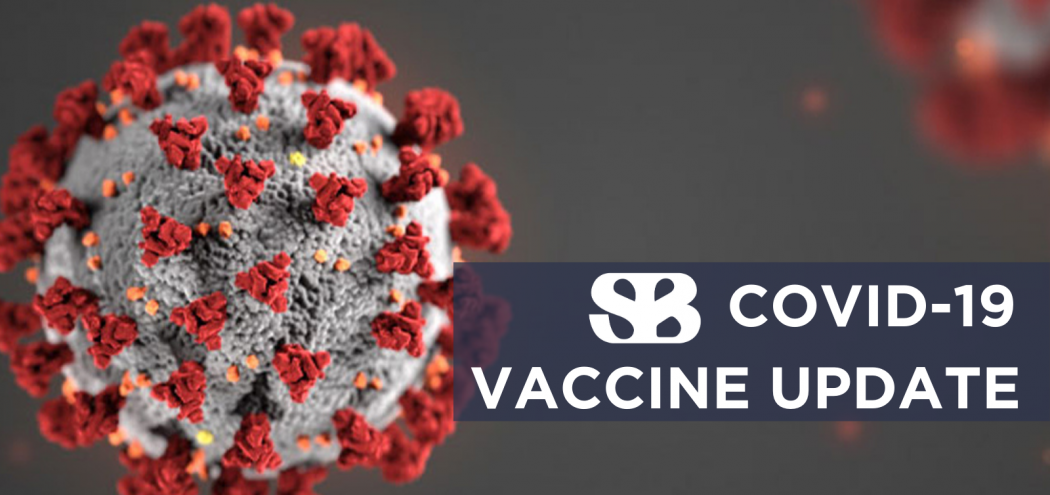(updated 4/29/2022)
GUIDANCE AND RECOMMENDATIONS REGARDING COVID-19 FOR PEOPLE WITH SPINA BIFIDA
Timothy J. Brei, MD, FAAP
Medical Director, Spina Bifida Association
This is a challenging time as health officials in the United States seek to curb the spread of the novel coronavirus (COVID-19). We understand that many of you may have fears or worries about your own health or family members. You may also have fears and worries about the unknown.
This information includes the best available recommendations, based on what is known about the current COVID-19 virus, as well as information regarding viral illnesses in general.
Important things that you should know about COVID-19 and Spina Bifida:
- COVID-19 is spread via aerosol, which means particles can be inhaled from the air when a person coughs or sneezes. It is also shed in other body fluids, such as urine and stool, as well as nasal secretions and saliva. Therefore, it can be spread through poor sanitation before and after catheterization or toileting procedures, by poor secretion control, or by touching kitchen or bathroom surfaces.
- The CDC reports that relatively few children with COVID-19 are hospitalized, and fewer children than adults experience fever, cough, or shortness of breath. However, some severe outcomes have been reported in children, including three deaths. This indicates that parents and caregivers should ensure that they and their children follow everyday preventive behaviors and physical distancing, because patients with less serious illness and those without symptoms likely play an important role in disease transmission.
- In general, individuals with Spina Bifida are NOT at increased risk of being infected by COVID-19 or increased risk of severe illness. However, people with Spina Bifida or a loved one may fall into a high-risk category. These would include:
- Adults over the age of 60
- People with heart disease
- People with chronic respiratory issues
- People with diabetes
- People with medical conditions or taking medications which may make them immune-suppressed.
- There is no medication to treat or prevent COVID-19 infection at present, though medications to
treat symptoms of fever, cough or congestion may be recommended. - Remember that stigma will not help fight illness. The risk of COVID-19 is not connected with income level, race, ethnicity, or nationality.
What to know about the COVID-19 vaccine and adults with Spina Bifida:
- The COVID-19 vaccine is safe and effective for adults with Spina Bifida.
- The vaccine is highly effective against serious illness & death.
- Our recent study shows that people with Spina Bifida are getting vaccinated at a higher rate than the general public. And the reasons people with Spina Bifida are choosing to get vaccinated are:
- To avoid getting Covid-19,
- Not wanting to give Covid-19 to their family members/loved ones,
- Preventing the spread of Covid-19, and
- A recommendation from one of their health care providers.
- If you are considering getting a COVID-19 vaccine, then we encourage you to talk with your healthcare provider today.
What to know about the COVID-19 vaccine and children with Spina Bifida:
- The Pfizer vaccine is safe for children 5+ with Spina Bifida. Scientists have confirmed that there are no serious safety concerns with the Pfizer vaccine for children 5+.
- The Moderna & Pfizer COVID-19 vaccines are safe for children 12+ with Spina Bifida. The benefits of the vaccine outweigh any potential risks the vaccine could cause for children 12+.
- If you are considering getting your child with Spina Bifida vaccinates, then we encourage you to talk with their healthcare provider today.
How to help protect yourself from either contracting or spreading COVID-19:
- Talk with your healthcare provider about getting vaccinated. The Pfizer and Moderna vaccines were proven to be 94% effective for adults who had received a third vaccine dose.
- Wash your hands with soap and water or alcohol-based sanitizer frequently. Soap and water are as effective as hand sanitizer if done properly. To do this, lather up your hands and scrub for at least 20 seconds. This is the length of time to sing the “ABC Song.”
- Wash or sanitize after the following situations:
- After coughing or sneezing, even if you have covered your cough.
- Before and after catheterizations, bowel routines or any toileting procedures, even if you have used gloves.
- Touching potentially contaminated surfaces.
- Avoid touching your face, nose, or mouth unnecessarily. Wash your hands after touching your face.
- Avoid tightly-crowded spaces with unknown individuals, if possible. When in crowded areas, wear a mask.
- Avoid touching surfaces in public places (elevator buttons, door handles, etc.) as much as possible. Consider using a tissue to touch those things. Wash or sanitize after touching if at all possible.
- Clean and disinfect counters and equipment at work.
- Clean and disinfect your home to remove germs: practice routine cleaning of frequently touched surfaces (for example: tables, countertops, doorknobs, light switches, handles, desks, toilets, faucets, sinks & cell phones).
Check with your home medical supply companies and /or providers that sign for supplies, for any questions regarding the delivery of supplies.
For more specific information about your area of the country, look for information from your local city, county and/or state health departments.
Additional updated information may be found at the Centers for Disease Control and Prevention (CDC) website.
Recent
SBA launching Florida statewide chapter
